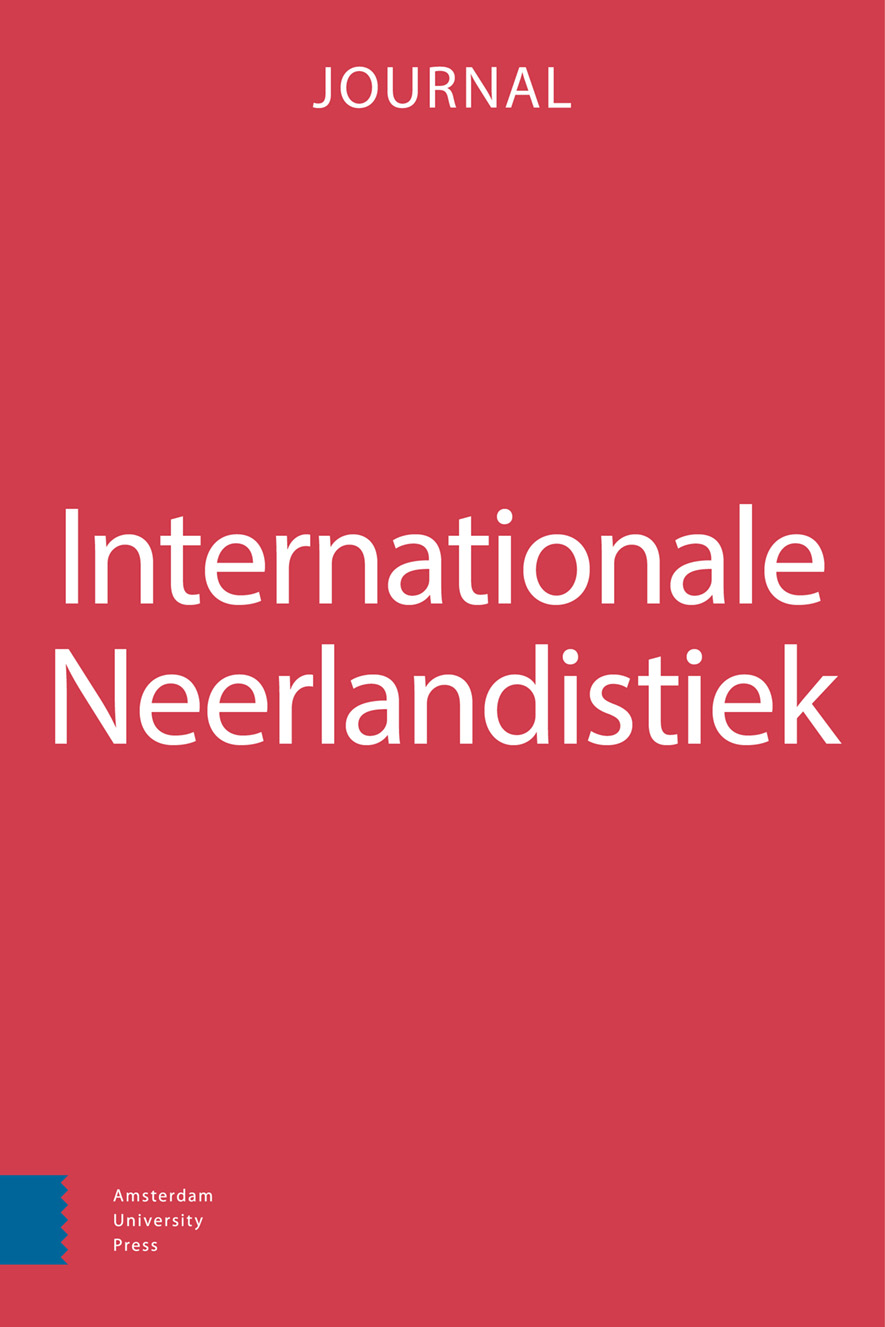-
oa ‘Yufrou Luister’. Meertaligheid, ideeën over respect, en translanguaging in Arubaanse en Curaçaose klaslokalen
- Amsterdam University Press
- Source: Internationale Neerlandistiek, Volume 61, Issue 2, Oct 2023, p. 161 - 176
-
- 01 Oct 2023
Abstract
Papiamentu/o, one of two official Caribbean Creole languages, is the language of Aruba and Curaçao alongside Dutch and English. Although Papiamentu/o is regarded as an important identity marker among its speakers, many consider it less suitable than Dutch for use in formal education. This paper investigates the ways in which the socialization of ideas concerning language, language use, and the construction of identity occurs through formal education on Aruba and Curaçao. Drawing on anthropological work on language socialization and translanguaging, I consider how longstanding ideas about Papiamentu/o, Dutch, Spanish, and English are perpetuated through teacher-to-student and peer-to-peer socialization in secondary schools. I therefore analyze in three classroom interactions how students use different languages to assert their needs in the classroom. This paper contributes to a better understanding of how Aruban and Curaçaoan teachers and pupils assert and contest ideas of appropriate language use, (re-)imagine their national identities, and (re-)create boundaries of community belonging.


